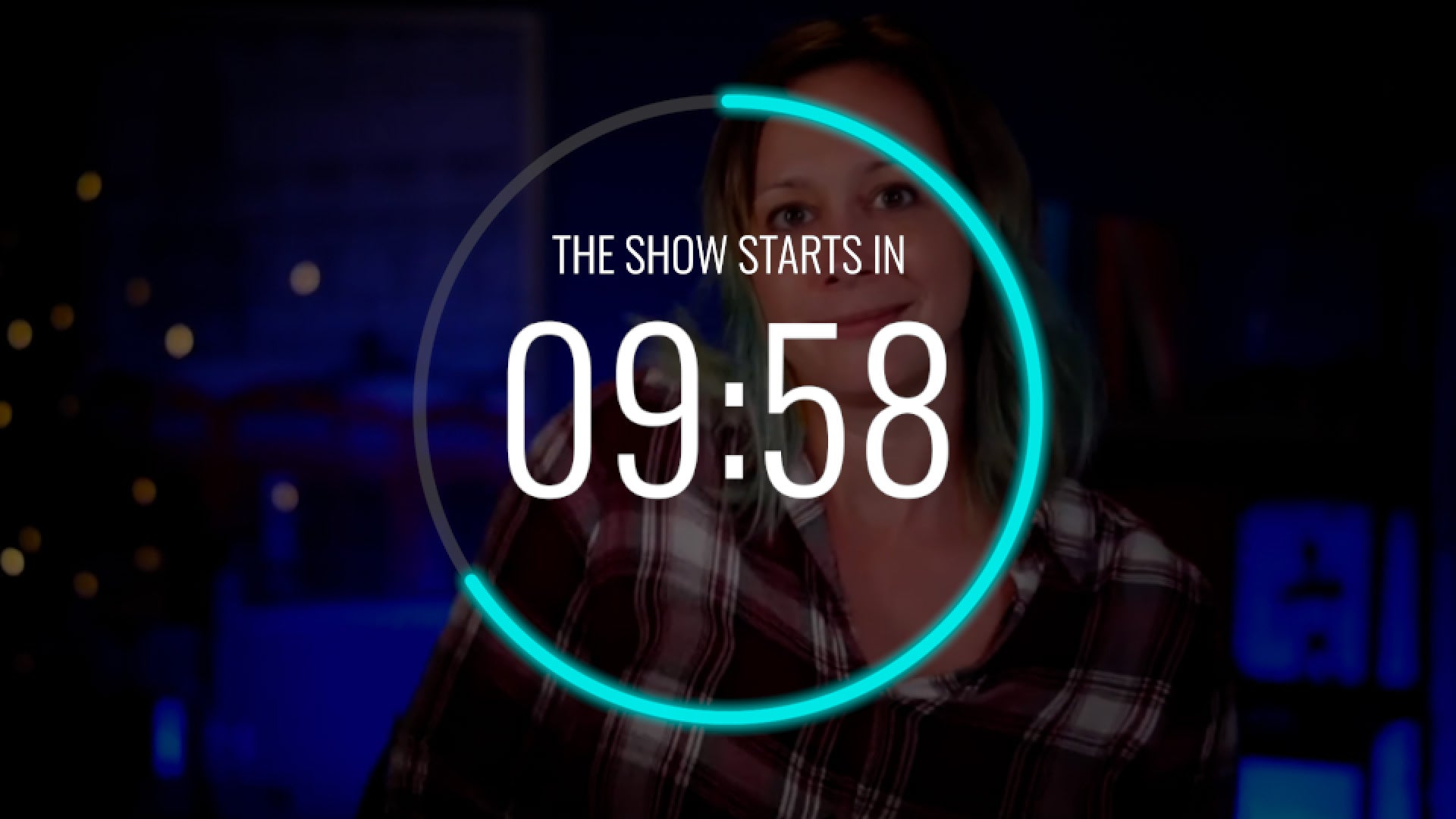

Proceed in the same way as before, assigning more buttons and mapping them this time to the parameters: Play/Stop, Clear and Undo. To connect 4 buttons, you will need two double footswitches and two adapters. It’s sometimes convenient to have the “Clear” and “Undo” actions under your feet (depending on your needs). This one button is not enough to use Loopback live - you still need at least one more button responsible for the “Play/Stop” function. Open the Loopback plugin and make sure you’ve set up everything correctly.

The new Assignment is now fully configured.įrom this moment, each time you press the footswitch button, you will start recording the loop. In the “Control Inspector” view below the “Assignments & Mappings” view, under the “Unmapped” tab there is a list of possible parameters to be mapped.Ĭlick: Loopback ► Loopback ► Non-automatable ► Transport ► Record.

You are done with the “Assign” operation, now let’s move on to the “Map” procedure. Click the red “Assign & Map” button again to deactivate “MIDI Learn” mode. Press the button on the footswitch - this way you will assign a MIDI event to this Assignment. Click on this button to activate “MIDI Learn” mode (the button becomes red). This means that the MIDI event has been detected, but it is unassigned and unmapped.Īnd click on this new row to make the “Assign & Map” button enabled. You will see a yellow dot at the beginning of the “Unassigned” line. Now when you press the button on the footswitch and you have the “Selection follows incoming MIDI” option selected (by default, the ⚙ icon) The central view of “Assignments & Mappings” is essential, especially the “Assign & Map” button on it, which is grayed out if you do not click on any Assignment. If in the previous section you created a Loopback Channel Strip on the “Concert” level, also now select Concert, not Patch. Open your example Concert which you created in the previous episode, and switch to “Edit” mode. Once you have the MIDI footswitch ready, you can configure the Loopback plugin to react to MIDI messages appropriately. We recently released simple, autonomous MIDI Footswitch FS3, which do not require any adapters. FS2M, which transforms this analog footswitch into a fully customizable MIDI controller. The only problem is that they are not MIDI switches and cannot be directly connected to the computer.įortunately, there are also adapters that enable this, e.g. There are also standard switches, not associated with any particular brand and compatible with most guitar amps. Most of them are standard one- or two-button footswitches, which are fully interchangeable between models from different manufacturers.
#APPLE MAINSTAGE LIVE LOOPING PROFESSIONAL#
Each professional amplifier manufacturer has several of them in their product range.

There are a lot of footswitches on the market designed to work with classic guitar amps.
#APPLE MAINSTAGE LIVE LOOPING HOW TO#
Record / Play / Stop / Clear / Undo / (any other function), using a MIDI controller, as well as how to connect any standard guitar footswitch to become such a controller. In this post I will show you how to configure Loopback to be able to control the following functions: Part 2: Assign and Map MIDI events to Loopback functions If you want to know how to configure this plugin to be able to record several different sound sources on one loop, see part 1. This is the second part of the article about creating and controlling loops during live performances based on the example of Loopback from MainStage 3.


 0 kommentar(er)
0 kommentar(er)
